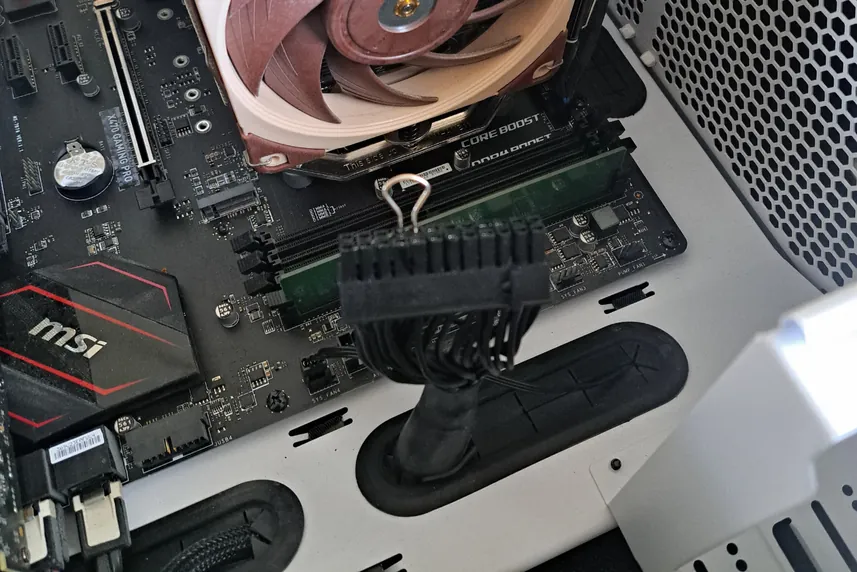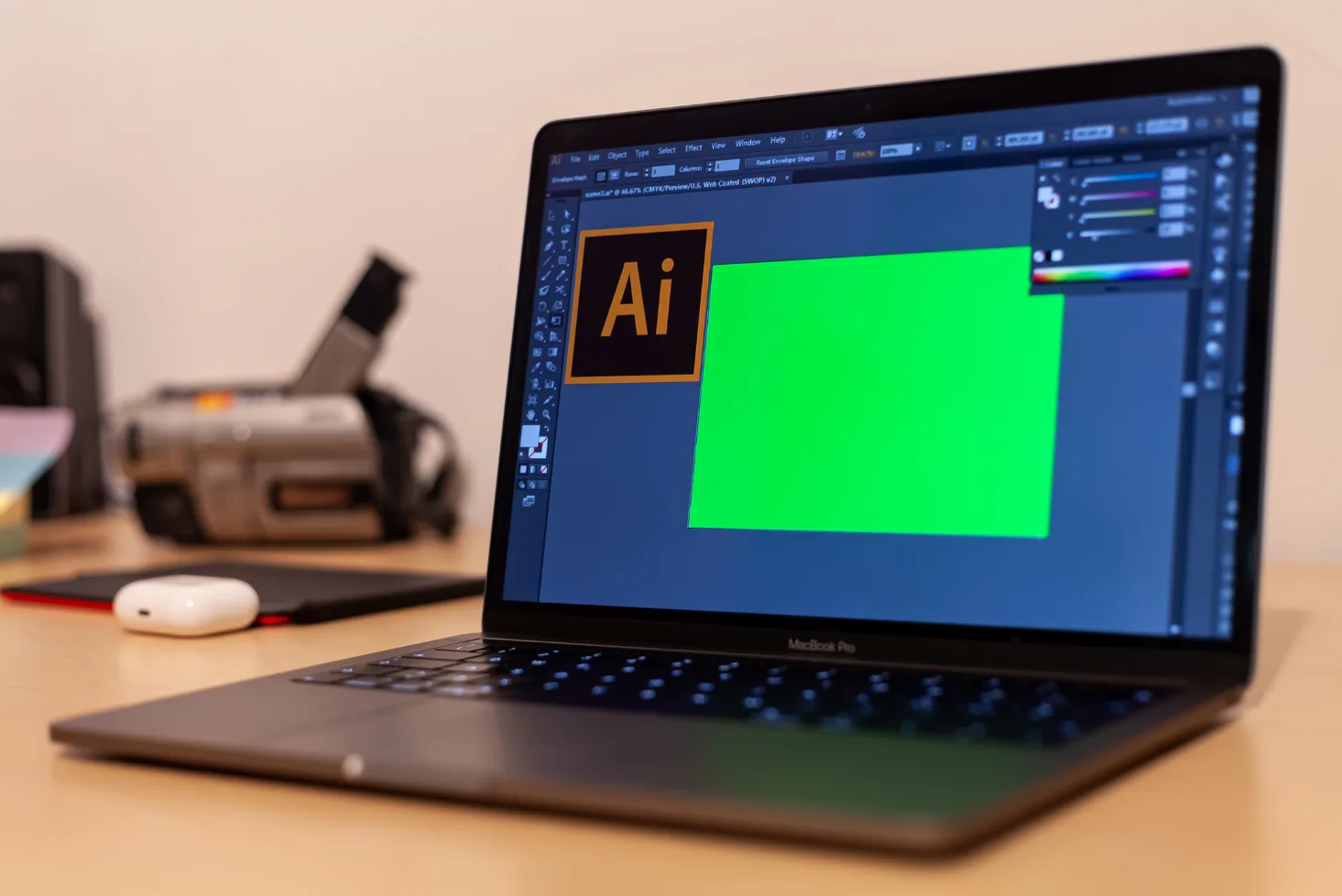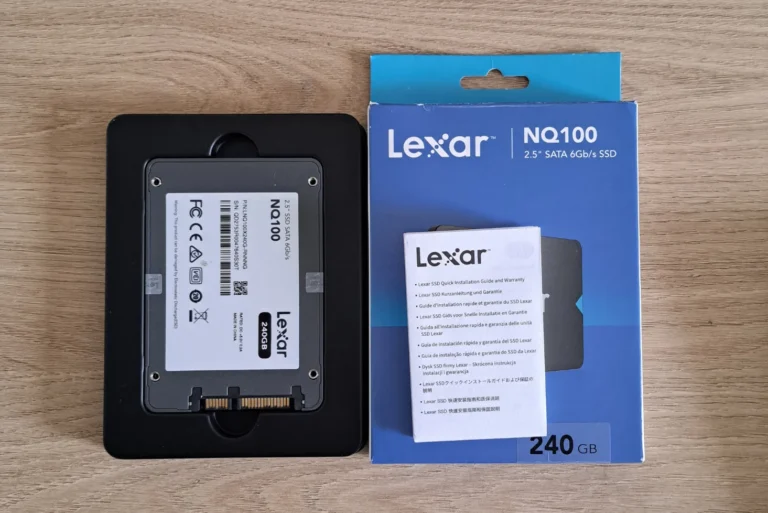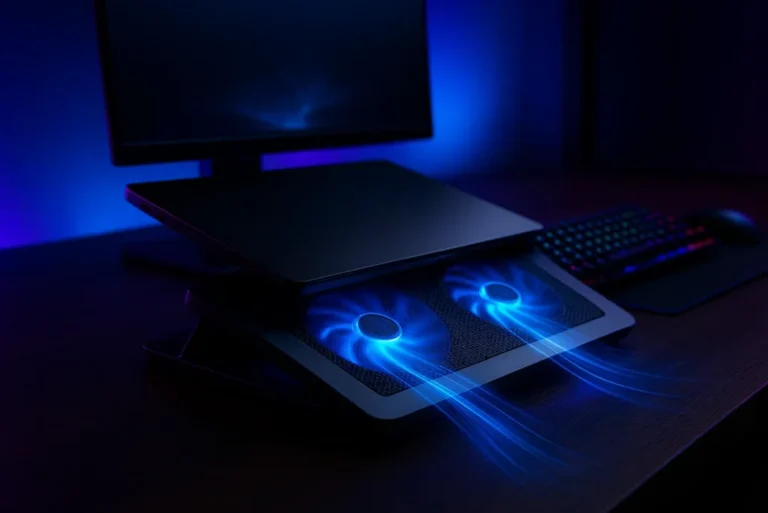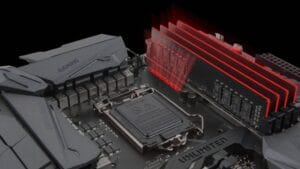The new GDDR7 graphics memory is about to transform our graphics cards, with performance far superior to that of GDDR6 and GDDR6X memory. If you’re new to this world, let me explain!
GDDR7: Ultra-fast memory for upcoming graphics cards
What is GDDR7?
GDDR7 represents the latest evolution in graphics memory and is poised to revolutionize the sector. Samsung, Micron and SK hynix are engaged in intense competition to be the first to market with their chips by the end of 2024.
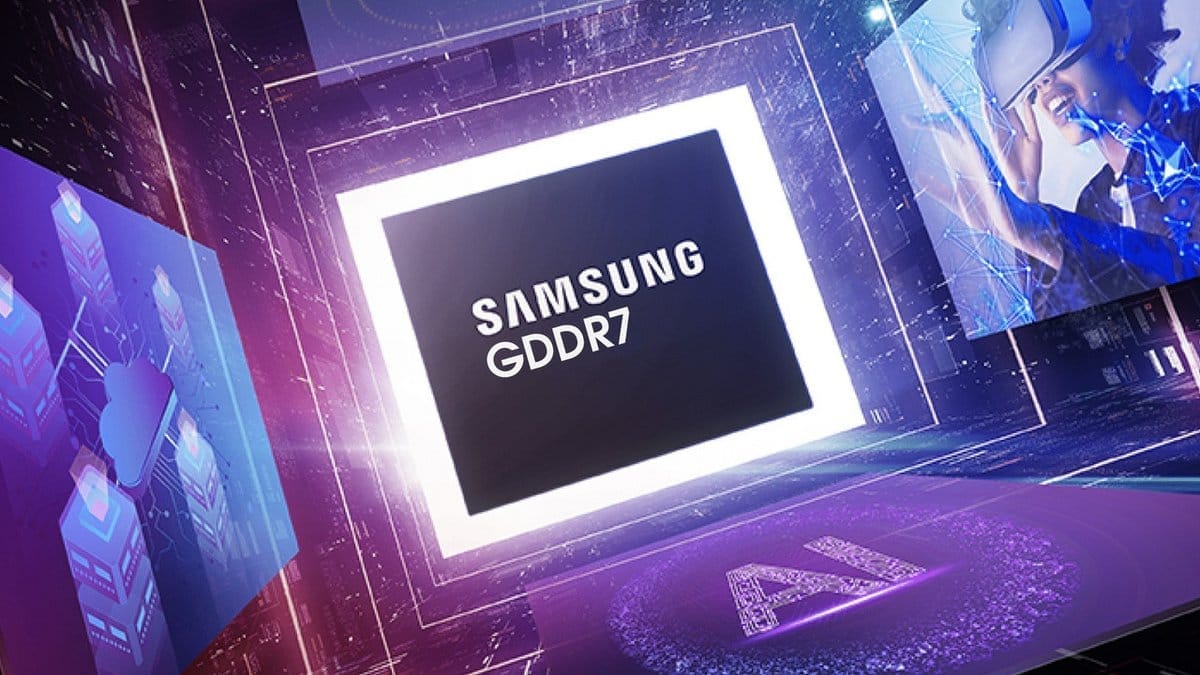
GDDR7 offers impressive speeds of up to 32 Gbps per pin, with top-of-the-range versions even reaching 40 Gbps and bandwidths of up to 192 GB/s (a considerable advance on previous generations).
| Memory | Maximum speed (Gbps) | Output year | Energy consumption |
|---|---|---|---|
| GDDR5 | 8 Gbps | 2008 | Average |
| GDDR5X | 14 Gbps | 2016 | High |
| GDDR6 | 16 Gbps | 2018 | Moderate |
| GDDR6X | 21 Gbps | 2020 | High |
| GDDR7 | 32-40 Gbps | 2024 (Expected) | Optimized |
Compared with previous generations, such as GDDR6X (which was limited to 21 Gbps), GDDR7 represents a massive increase in performance.
PAM3: A Revolution in Gaming and AI
To achieve these speeds, GDDR7 uses a technology called PAM3 or pulse amplitude modulation at three levels (- 1, 0 and + 1).
This technology enables 3 bits to be sent over 2 cycles, compared with the previous version, which sent 2 bits over 2 cycles (as in conventional NRZ modulation, which uses 0 and 1).
In simple terms, information circulates more quickly, without consuming too much energy. And therein lies the magic: more performance, less heat and less energy loss!
This technology in itself is nothing new, since PCIe 6.0 and 7.0 use PAM-4 (four levels), but its application in GDDR7 graphics memory is a novelty to improve bandwidth while remaining efficient in terms of thermal dissipation.
USB4 Version 2. 0 also uses PAM-3 modulation for USB4 80 Gbps (USB4 Gen 4×2) and USB4 120 Gbps (USB4 Gen 4 Asymmetric).
What can you expect from a graphics card boosted with GDDR7?
The Nvidia RTX 5090, scheduled for the end of 2024, will be one of the first cards to take advantage of GDDR7. According to early leaks, it will be equipped with 32GB of GDDR7 and offer a power consumption of 600W. It promises a massive leap over the RTX 4090, with memory bandwidth increased by 33% thanks to GDDR7.

In terms of performance, it will feature 21,760 CUDA cores, an increase of over 30% on the RTX 4090, and will use a 512-bit memory bus. This will enable it to offer memory speeds of up to 28 Gbps, although even higher specifications (up to 48 Gbps) are envisaged in the future.
GeForce RTX 5090
– kopite7kimi (@kopite7kimi) September 26, 2024
PG144/145-SKU30
GB202-300-A1
21760FP32
512-bit GDDR7 32G
600W
GeForce RTX 5080
– kopite7kimi (@kopite7kimi) September 26, 2024
PG144/147-SKU45
GB203-400-A1
10752FP32
256-bit GDDR7 16G
400W
GDDR7 redefines limits
GDDR7 is poised to revolutionize graphics performance, setting new standards for video games and intensive computing.
8K video games and ultra-realistic graphics
The arrival of GDDR7 on the market opens up new possibilities for 8K video games, while guaranteeing the high refresh rates required for a fluid, immersive experience. With a bandwidth of up to 40 Gbps, this memory far surpasses GDDR6X, whose maximum bandwidth is limited to 21 Gbps. This enhancement enables more efficient management of resource-hungry games, especially those involving large, complex environments.
Open worlds known for their rich graphic detail and immense size will now be able to load much faster thanks to data transfer speeds. This eliminates frustrating delays while delivering ultra-detailed graphics, a particularly notable advance over previous generations of graphics cards such as the RTX 4090.
A boost for AI and high-performance computing
GDDR7 brings spectacular improvements in gaming, but is also positioned as a technology for high-performance computing (HPC) and artificial intelligence (AI) applications. Intensive workloads, such as training deep learning models, require massive volumes of data and high execution speed. With bandwidths of up to 40 Gbps, GDDR7 enables faster data processing and better resource management than previous generations.
For example, companies such as Micron and Samsung have highlighted the potential of GDDR7 in areas such as scientific computing, big data analysis and AI applications.



